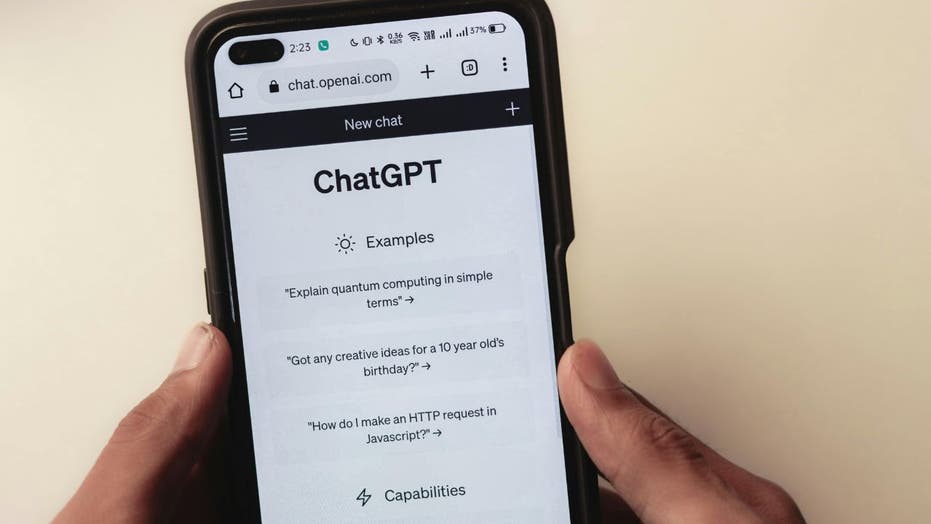- by foxnews
- 01 Jun 2025
Hackers can steal money and make your bank account look intact
Hackers can steal money while showing a fake balance. Tech expert Kurt "CyberGuy" Knutsson helps you learn how to protect yourself.
- by foxnews
- 13 May 2025
- in technology

Hackers have become increasingly sophisticated in targeting bank accounts, sometimes stealing money without the account holder realizing it right away. This raises an unsettling concern among many: could someone actually drain your bank account while making it appear as though your balance remains untouched?
As Bruce from Phoenix asks, "Is it true that hackers can wipe out your bank account but make it look like the money is still there?"
The short answer is yes, though it's rare and requires a high level of skill. Still, even the possibility is alarming, especially when you consider how easily people can fall victim to common tactics hackers use to gain access to accounts in the first place.
There's a long list of methods cybercriminals use to get into people's financial accounts, and most of them don't involve "hacking" in the Hollywood sense. Instead, they rely on tricking you into handing over sensitive information. Here are some of the most common techniques.
This is where it gets unsettling. In rare cases, hackers can actually make it look like your bank balance hasn't changed, even though they've already taken the money. How? By targeting the display layer of your banking app or web interface. If malware is installed on your device, it can manipulate what shows up on the screen. That means your balance might look normal, while your actual funds are long gone. This type of attack is extremely rare and usually requires access to a compromised or jailbroken device, but it's technically possible and just sophisticated enough to delay you from realizing what happened.
The good news? You don't need to be a cybersecurity expert to protect yourself. Just following these key steps can dramatically reduce your risk.
1) Use official apps only: Cybercriminals will try to trick you with fake banking apps and mobile trojans that overlay fake login screens, so it's critical to download banking apps exclusively from the Apple App Store or Google Play. Never install apps from links in emails or texts.
3) Get text or app alerts: Hackers can manipulate your account's display to hide stolen funds, so set up real-time transaction alerts to expose unauthorized withdrawals immediately, especially for microtransactions used to test your account.
6) Check your accounts regularly: Don't just glance at your balance. Review recent transactions at least once a week to catch any suspicious activity.
8) Use a personal data removal service: Data brokers sell your contact details and personal information, which hackers can use for targeted phishing attacks or SIM swap scams. These services automatically remove your data from broker databases, reducing the risk of social engineering attempts that could compromise your bank account.
Hackers don't need to break into your bank's system; they just need to trick you. Whether it's phishing, malware or SIM swaps, the goal is always the same: get access to your login and verification codes. Fortunately, you can make it much harder for them by using secure habits and staying alert. Your money belongs with you, not in the hands of a scammer.
Follow Kurt on his social channels:
Answers to the most-asked CyberGuy questions:
New from Kurt:
Copyright 2025 CyberGuy.com. All rights reserved.


